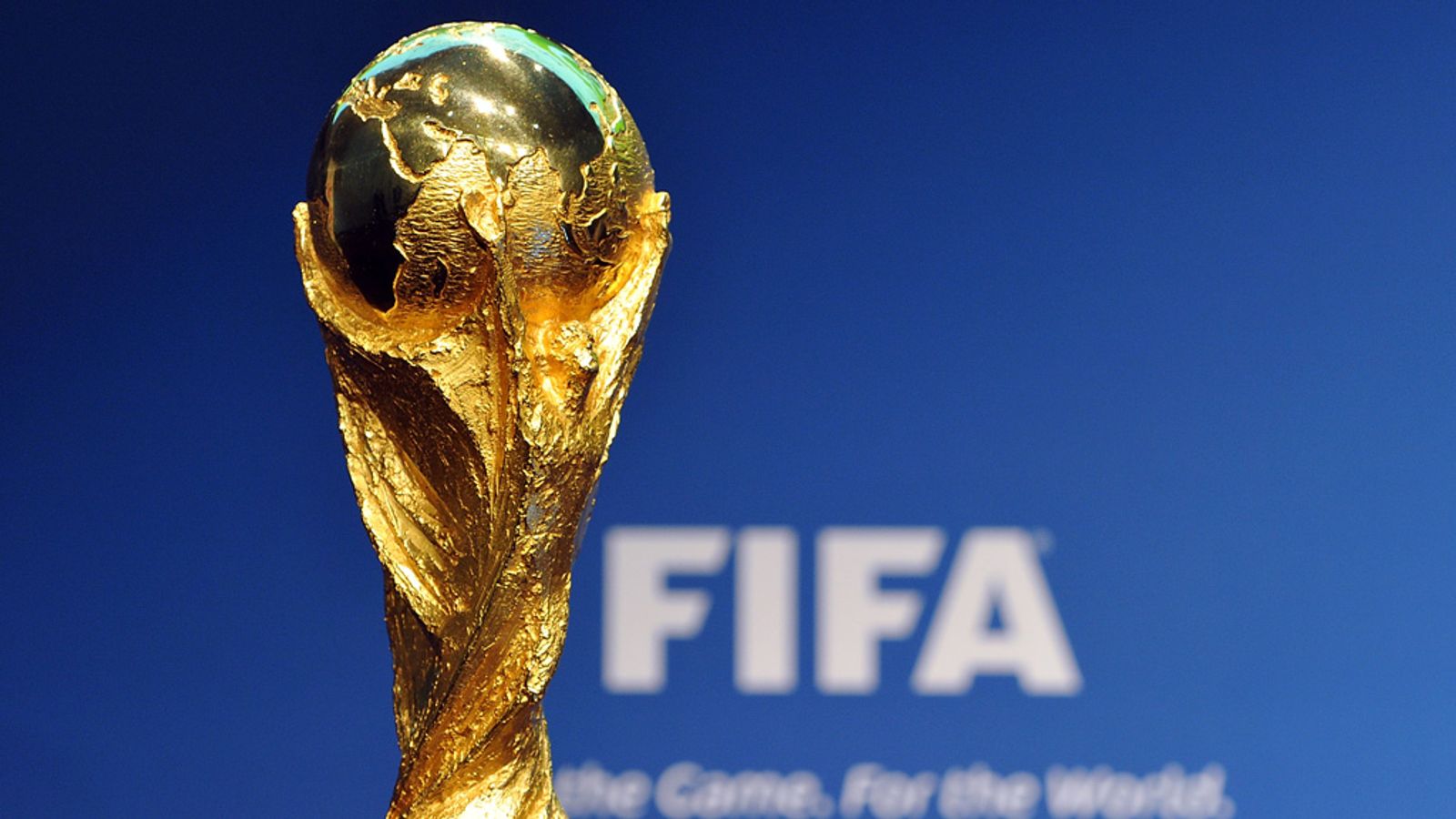From 13 to 32 (and Beyond): The Expanding World Cup Format Explained
The World Cup has grown from a small invitational event into a global phenomenon uniting nations, cultures, and billions of fans. The World Cup format expansion mirrors football’s evolution—from 13 teams in 1930 to 48 in 2026. Each expansion reflected not only sport’s global reach but also politics, economics, and the unstoppable rise of football as the world’s game. Let’s explore how and why the tournament’s format changed over the decades.
1) The Birth of the World Cup – 1930
The inaugural 1930 World Cup in Uruguay featured just 13 teams, all invited rather than qualified (FIFA). Matches were played across three venues, and travel difficulties kept many European nations away. Despite the limited field, it set the foundation for what would become the world’s biggest sporting event.
2) Early Adjustments – 1934 and 1938
By 1934, qualification was introduced for the first time, with 16 nations competing in Italy (BBC). In 1938, France hosted, but political tensions led to withdrawals by countries like Austria. These early adjustments marked FIFA’s efforts to balance representation and competition during turbulent times.
3) Post-War Rebirth – 1950
After World War II, the World Cup returned in 1950 with 13 teams again—but a new structure (Sports Illustrated). Instead of a knockout stage, the final four teams played a round-robin group, culminating in Uruguay’s stunning win over Brazil in the “Maracanazo.” It was the first major format experiment in history.
4) The 16-Team Era – 1954 to 1978
From 1954 to 1978, 16 teams became the standard format (FIFA). This period saw the rise of football powerhouses like Brazil, Germany, and Italy. The predictable group-and-knockout setup offered stability while football’s global audience grew exponentially.
Alt-text: *Players shaking hands before a 1970 World Cup match in Mexico.*
Filename: world-cup-1970-16-team-era.jpg
5) Africa and Asia Demand Inclusion – 1970s
As football spread, African and Asian nations pushed for fairer representation (The Guardian). FIFA responded by adjusting qualification spots, paving the way for nations like Zaire (1974) and Iran (1978). These changes highlighted football’s growing inclusivity.
6) The 24-Team Expansion – 1982
Spain 1982 marked the first major World Cup format expansion since its creation, adding more groups and matches (FIFA). The new 24-team structure aimed to reflect football’s global reach. It also created more competition for emerging nations and introduced epic drama across second group stages.
7) The 32-Team Format – 1998 to 2022
France 1998 ushered in the modern era with 32 teams, a format that lasted more than two decades (BBC). It offered balanced global representation and more knockout intensity. This format produced legendary moments, from Zidane’s dominance to Messi and Mbappé’s 2022 showdown.
8) The Road to 48 – 2026 Expansion
The next World Cup format expansion arrives in 2026, co-hosted by the USA, Canada, and Mexico (FIFA). The 48-team format will feature 12 groups of four, with 32 teams advancing to a larger knockout phase. FIFA aims to include more nations than ever before in a truly global celebration.
9) Why Expansion Matters
Expanding the tournament provides opportunities for emerging football nations to gain exposure (New York Times). It also boosts development programs and fan engagement globally. However, critics argue it risks diluting quality and adding logistical complexity.
10) How the Format Affects Strategy
More teams and matches change how coaches manage squads and fatigue. Group-stage mathematics—goal difference, fair play points—becomes crucial (Sports Illustrated). Tactical evolution follows structural evolution, proving that expansion impacts football’s DNA.
11) Economic and Cultural Ripple Effects
Expansion brings massive economic gains for host regions through infrastructure, tourism, and sponsorships (Reuters). But it also brings cultural exchange—fans from every continent share languages, music, and traditions. The World Cup’s scale mirrors its social impact.
12) Controversies of Expansion
Not everyone welcomes FIFA’s expansion plans. Critics cite player fatigue, travel demands, and environmental impact (The Guardian). Balancing inclusivity with sustainability remains one of modern football’s biggest challenges.
13) The Future – Beyond 2026
Looking ahead, FIFA’s long-term goal is a truly global competition involving nearly every football nation (FIFA). Technology, regional partnerships, and streaming reach will keep evolving the format. The World Cup’s expansion story is far from over—it’s football’s ongoing revolution.
Why does FIFA keep expanding the World Cup?
Expansion reflects football’s growth and the desire for broader participation across continents (New York Times). More nations mean more fans engaged in the tournament.
Is the 48-team format permanent?
For now, yes—but FIFA may refine it further based on logistics and fan feedback. The World Cup format expansion is an evolving project that will continue to adapt (FIFA).
Suggested Internal Reads: The Art of World Cup Fan Displays & Tifos · Traveling Fans · Host Nation Home Support

